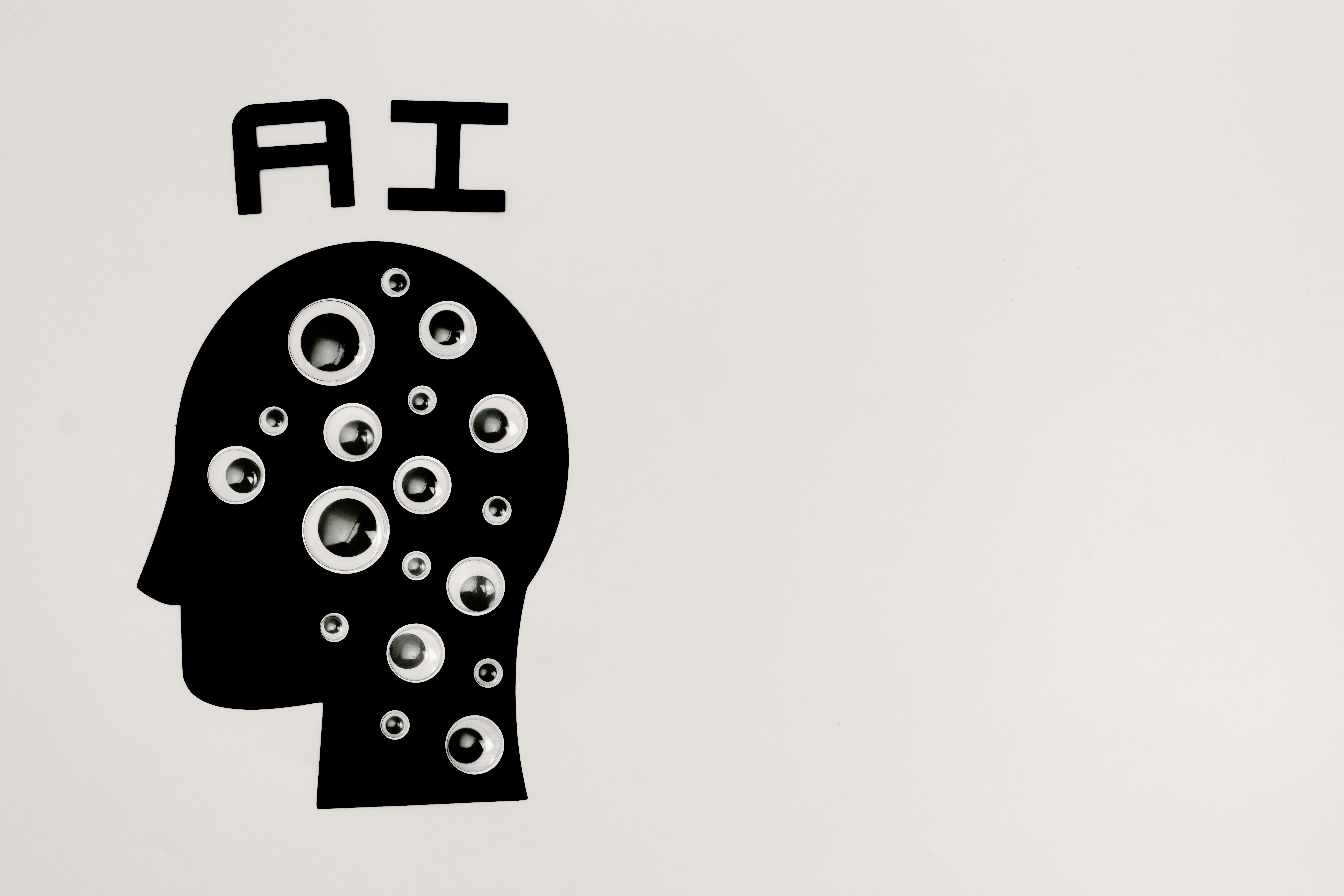
Introduction
In a bold leap toward next-generation scientific discovery, the U.S. Department of Energy (DOE), in collaboration with Dell Technologies and NVIDIA, is set to unveil an extraordinary computing powerhouse known as the Doudna Supercomputer. Named after Nobel laureate Jennifer Doudna, this high-performance computing (HPC) system is poised to launch by 2026. The Doudna Supercomputer, often referred to as NERSC-10, aims to redefine the boundaries in fields such as AI, genomics, quantum computing, and climate modeling.
This strategic project merges cutting-edge technology from NVIDIA’s Vera Rubin GPU-CPU architecture with Dell’s scalable systems, ensuring real-time connectivity through ESnet. The expectation is for Doudna to outperform its predecessor, the Perlmutter supercomputer, by a remarkable 10x. Beyond being another supercomputer, it represents a crucial national asset designed to accelerate U.S. innovation in both science and AI.
This article explores the core vision, technical foundation, application areas, and the future scope of the Doudna supercomputer, setting the stage for one of the most significant technological launches of the decade.
Project Vision | Uniting AI and Science on One Platform
The Doudna supercomputer encapsulates the DOE’s mission to elevate American leadership in the realms of science and AI. The collaboration among multiple institutions signifies a collective vision: integrating AI, HPC, and large-scale data analysis into a coherent system.
- Named after Jennifer Doudna, a pioneer in CRISPR gene-editing technology, this system embodies the spirit of scientific innovation.
- Developed in partnership with NERSC, Lawrence Berkeley National Laboratory, Dell, and NVIDIA.
- Set to be operational by 2026, the supercomputer will empower over 11,000 researchers and support over 800 projects.
The long-term vision includes practical applications in clean energy, materials science, and healthcare, providing substantial national and societal benefits.
Advanced Architecture | Dell, NVIDIA & DOE Join Forces
At the core of Doudna lies a robust technical foundation designed for speed, scalability, and sustainability:
- Hardware Stack: Incorporating Dell’s Integrated Rack Scalable Systems with liquid-cooled ORv3 racks to enhance cooling efficiency.
- CPU-GPU Backbone: Utilizing NVIDIA’s Vera Rubin platform, which features tightly coupled CPUs and GPUs, ensuring seamless memory access.
- Networking: Leveraging NVIDIA Quantum-X800 InfiniBand technology for ultra-fast data sharing across DOE facilities.
- Storage System: Employing high-performance parallel file systems accompanied by QoS data storage layers to guarantee seamless data access.
Performance Edge: Doudna aims to enhance performance per watt achieved to be 3–5x that of Perlmutter, optimizing output while minimizing energy consumption. This aspect not only boosts performance but also assures a greener AI revolution for scientific advancement.
Transformative Application Areas | From Genomics to Climate Science
The Doudna Supercomputer’s architecture supports an extensive array of cutting-edge scientific domains:
- Genomics & Health Tech: Expediting gene sequencing and CRISPR research, paving the way for faster biotech advancements.
- Fusion Energy: Facilitating simulations of plasma physics and reactor models to promote sustainable fusion solutions.
- Quantum Computing: Enabling scalable simulations and verifications, with applications in hybrid HPC-quantum systems.
- AI & Machine Learning: Training and deploying large-scale models capable of real-time inference across various scientific disciplines.
- Climate Change Research: Supporting large-scale atmospheric simulations and climate projections to enhance understanding.
- Materials Science & Chemistry: Streamlining discovery cycles through AI-enhanced material modeling techniques.
- High-Energy Physics: Processing vast datasets from particle accelerators, contributing to fresh insights into fundamental forces.
Equipped with real-time capabilities, Doudna will enable scientists to analyze streams of data from various sources, including telescopes and genome sequencers, virtually eliminating lag and enhancing insight.
User Impact | Empowering Thousands of Innovators
The Doudna Supercomputer is designed not only for exceptional power but also for accessibility and collaboration:
- 11,000+ Scientists Supported Annually will benefit from this technological advancement.
- 800+ Research Projects in progress will find enhanced capabilities at their disposal.
- 20+ Teams Already Onboard thanks to the NERSC Science Acceleration Program.
This positions Doudna as a formidable democratizing force in supercomputing, providing next-generation infrastructure to researchers from academia, government, and industry.
National Significance: By advancing technology in areas like clean energy, healthcare, and AI, this project bolsters the U.S.’s competitive edge in global innovation and security.
Future Roadmap | Scaling for Tomorrow’s Challenges
The architecture of Doudna is intended to evolve continuously. Among its promising features:
- Modular Scalability: Its design enables replication and expansion at national labs and enterprise HPC centers.
- Continuous Optimization: Ongoing updates to maintain its status at the forefront of scientific computing advancements.
- Tech Integration: Future iterations may incorporate AI agents, digital twins, and deeper connections with quantum systems.
This adaptability positions Doudna as a future-proof platform ready to embrace scientific challenges that lie ahead.
Conclusion | Doudna as a Scientific Catalyst for the Future
As the launch date of the Doudna Supercomputer approaches, it becomes evident that this system is not just a technical marvel: it serves as a powerful catalyst for scientific acceleration. With potential breakthroughs spanning genomics to the development of advanced quantum algorithms, Doudna signifies a fusion of technology and visionary thinking.
Fostering collaboration among thousands of researchers while utilizing best-in-class hardware and software, this initiative by the DOE, NVIDIA, and Dell charts a robust path toward a future filled with innovation across every aspect of human advancement.
What scientific breakthroughs do you believe the Doudna Supercomputer will unlock first? Share your thoughts with us.
Stay updated on the advancements in AI and HPC by subscribing to Insight Tech Talk.